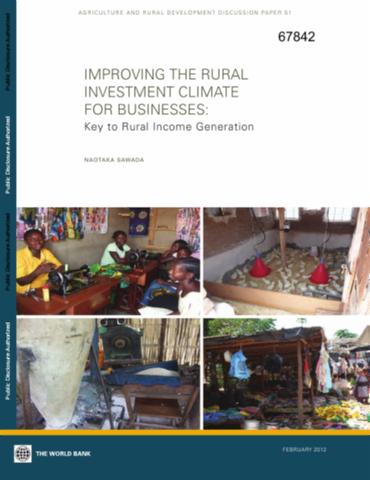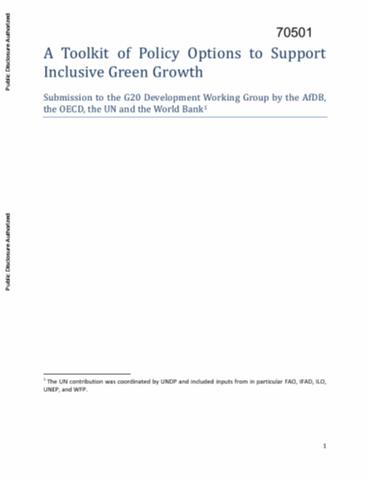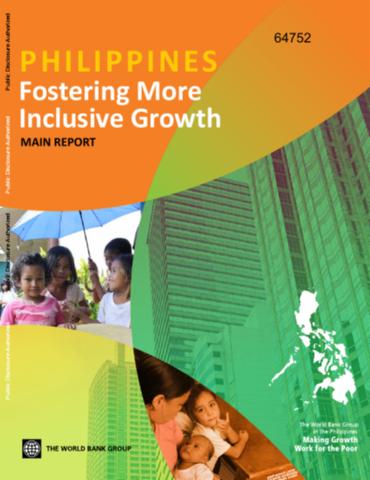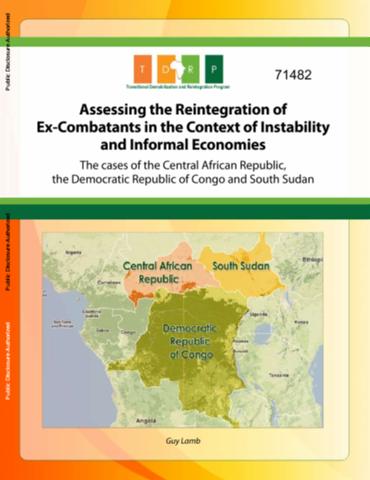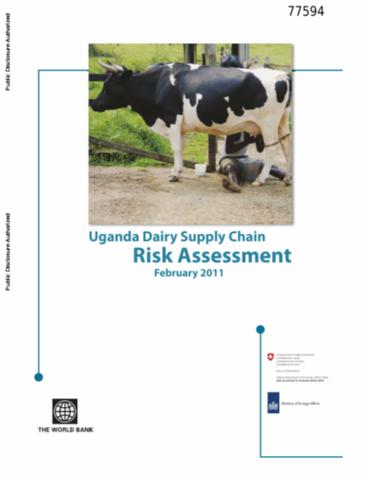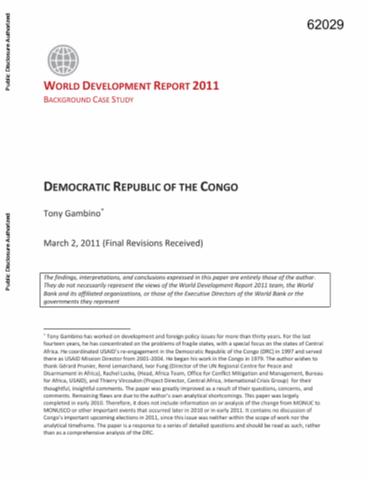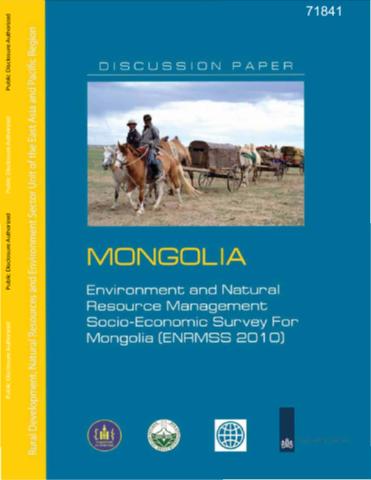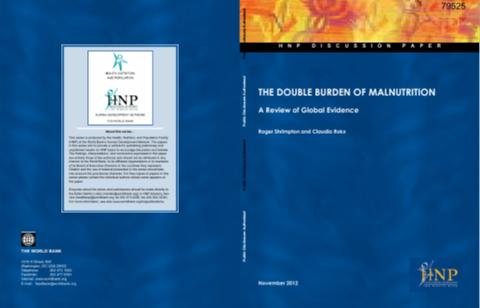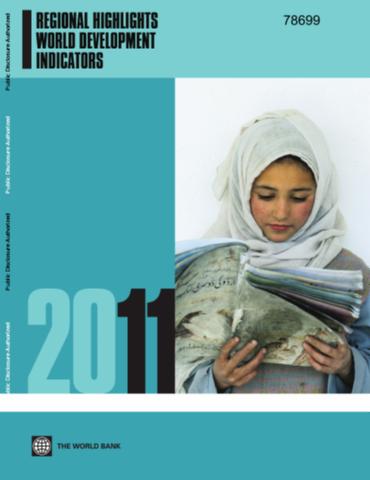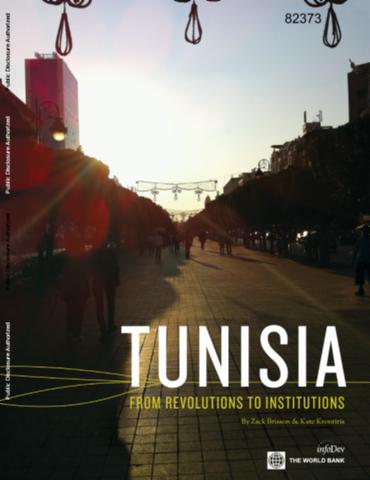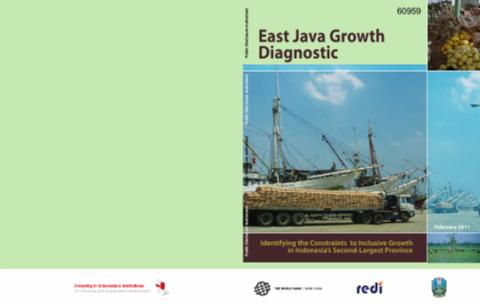Improving the Rural Investment Climate for Businesses
An appropriate rural investment climate (RIC) is essential for rural businesses to be successful and generate employment and income in their communities. Improving the investment climate could facilitate income-generation activities in both farm and nonfarm sectors, thus reducing rural poverty. Nonfarm sector focused growth, combined with agricultural growth, and has been shown by Delgado et al. (1998) to have a significant impact on the local economy through the generation of employment and income.

